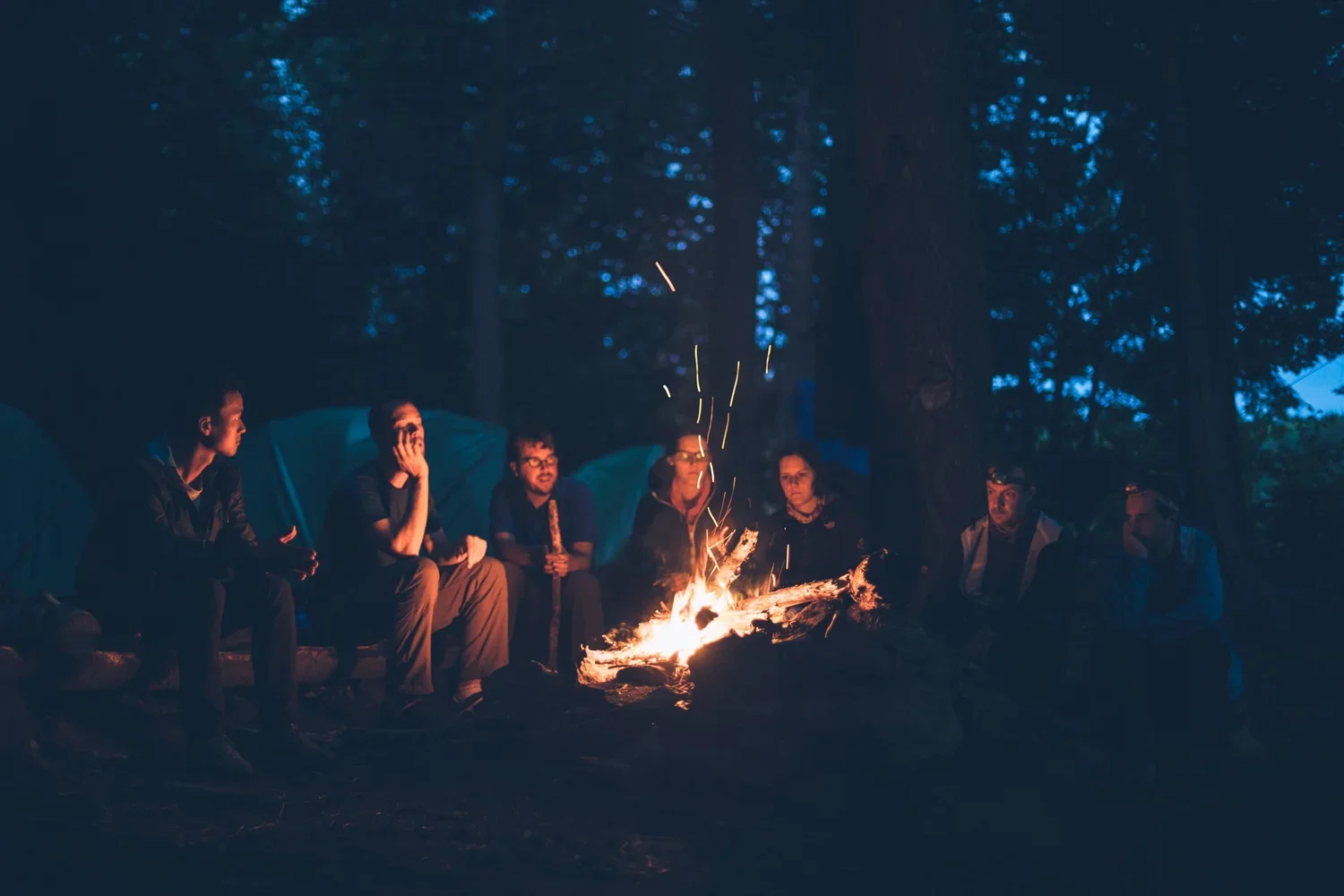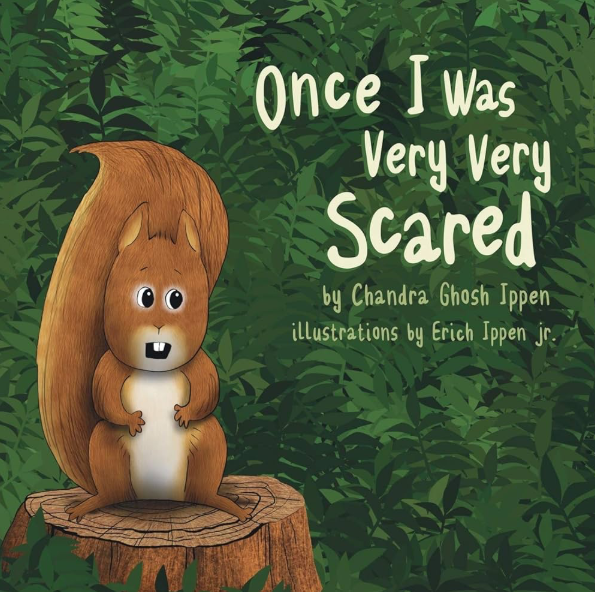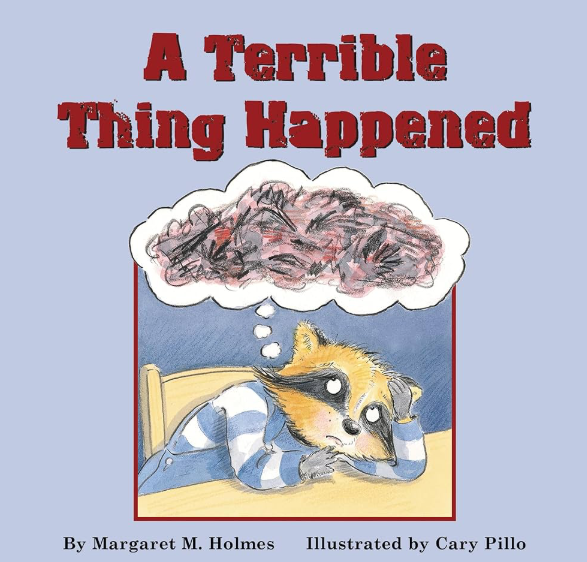Talking to Kids About Scary Events
When something big and frightening happens in the world, many parents wonder: What do I say to my child? The truth is, these conversations are hard for us as adults too. Our instinct is often to protect kids from fear—but sometimes silence leaves them feeling more worried or alone.
One gentle way to open the door is through stories. Books give kids characters they can connect with, making it easier to talk about big feelings in a safe way. Two of my favorites are:
Once I Was Very Very Scared by Chandra Ghosh Ippen — a sweet story about a little squirrel who learns that everyone feels fear differently, and that grown-ups can help. A Terrible Thing Happened by Margaret M. Holmes — a book that helps kids understand their feelings after something scary, with tips for parents in the back. If you’d like more ideas on how to approach these tough conversations, check out our recent blog post. You can read it here:
In today’s world, parents and caregivers are increasingly faced with the challenge of talking to children about big, and often frightening, events. As adults, we may struggle to make sense of these tragedies ourselves, which makes it even harder to explain them to a child. Our natural instinct is to shield children from fear and protect their innocence. Finding the balance between keeping them informed and not overwhelming them can feel daunting.
Having open, age-appropriate conversations provides children with a safe space to ask questions, share their feelings, and be reminded that they are loved and supported. These conversations don’t have to be long or complicated—but they can make all the difference in helping kids feel secure.
One gentle way to begin is with a book. In the therapy room, books are often used as tools to give children characters they can relate to. Stories create distance from their own experiences, allowing them to process emotions more safely. Using phrases like, “I wonder how this character felt when that happened,” can spark curiosity, promote emotional exploration, and build perspective-taking skills.
A wonderful example is Once I Was Very Very Scared by Chandra Ghosh Ippen. In this story, a little squirrel shares that he was once very, very scared. As he opens up, he discovers that his animal friends have felt that way too—each responding to fear in their own way. Turtle gets a tummy ache and hides, Dog barks, and Elephant doesn’t like to talk about it. Children reading along learn two important lessons: everyone experiences fear differently, and they don’t have to face it alone. With the help of caring adults, they can feel safe and supported.
Another excellent choice is A Terrible Thing Happened by Margaret M. Holmes. This book gently explores the many different ways children might react after witnessing or learning about violence, accidents, or disasters. Importantly, it reassures them that there are ways to feel better and heal. The book also includes an afterword with helpful guidance for parents and caregivers navigating these conversations.
Additional resources to help guide your conversations include:
Supporting our Youngest after a Community Tragedy
Talking to Children When Scary Things Happen
Talking to Teens When Violence Happens
Sesame Street Resources for Community Violence



